Table of Contents
ToggleWhat Is a Brazilian Butt Lift (BBL)?
A Brazilian Butt Lift (BBL) is a cosmetic surgery that enhances the size and shape of the buttocks using your own body fat. This technique is also known as fat transfer butt augmentation, since fat is removed from other areas of the body and injected into the buttocks to create a fuller, lifted look.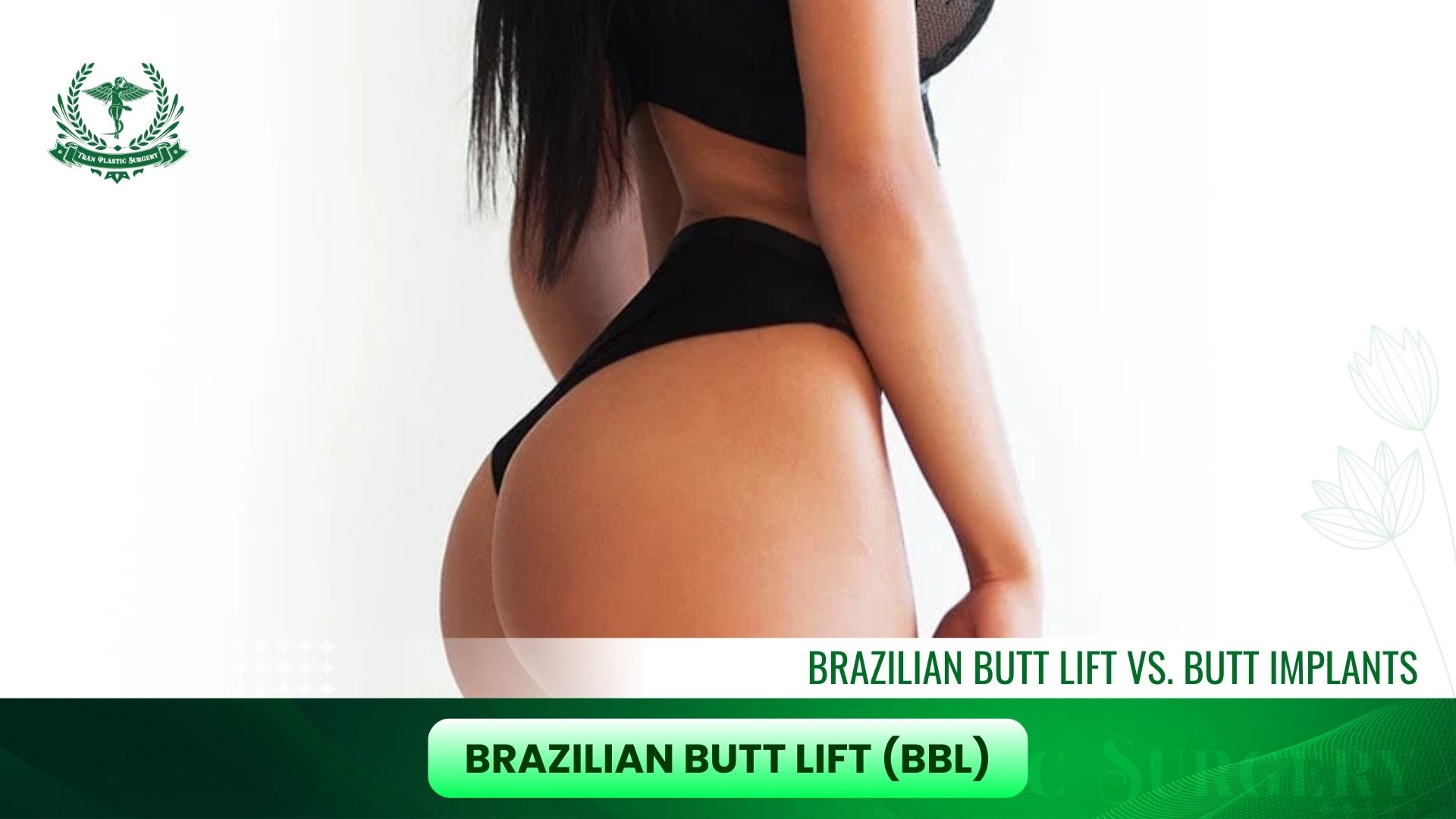
1. How a Brazilian Butt Lift Works
During the procedure, a surgeon performs liposuction to harvest fat from areas such as the abdomen, thighs, flanks, or back. The fat is then purified and strategically injected into the buttocks to improve contour, roundness, and projection. Because the BBL uses natural tissue, many patients find the results feel and look more authentic compared to implants.2. Benefits of a Brazilian Butt Lift
- Creates natural results that blend with your body’s shape.
- Offers a dual benefit: removes fat from unwanted areas while enhancing the buttocks.
- Can be customized to provide subtle volume or dramatic curves.
3. Risks and Safety Concerns of BBL
Despite its popularity, the BBL has been labeled one of the riskiest cosmetic surgeries. Some BBL safety risks include:- Fat embolism (when fat enters the bloodstream), which can be life-threatening.
- Fat reabsorption, which may cause uneven or reduced results.
- Swelling, bruising, and extended downtime after surgery.
What Are Butt Implants?
Butt implants are another popular option for buttock enhancement, but unlike a Brazilian Butt Lift, they don’t rely on fat transfer. Instead, the procedure uses silicone butt implants that are surgically placed inside or above the gluteal muscles to add shape and volume.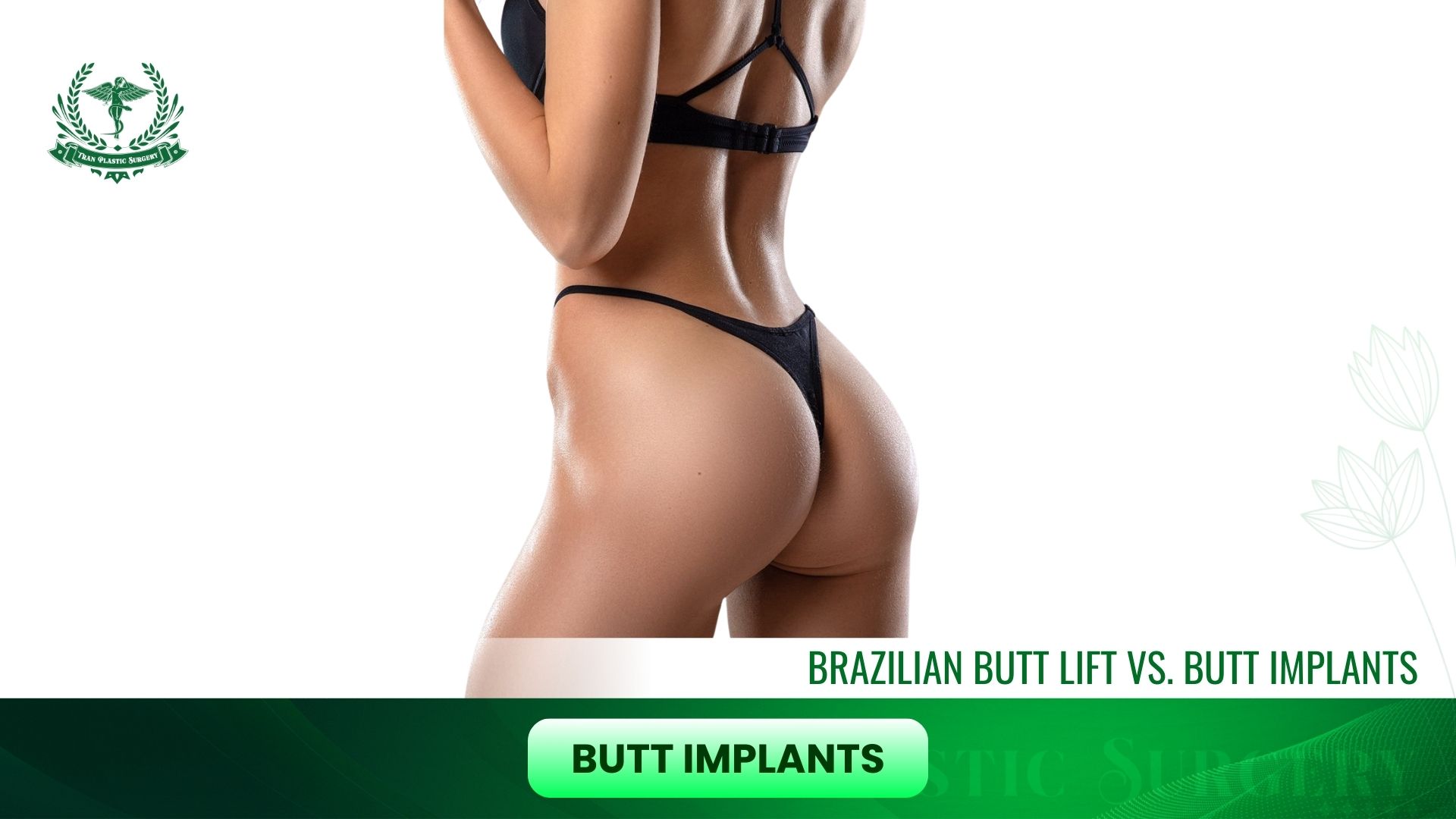
1. How Butt Implant Surgery Works
During the operation, a plastic surgeon makes an incision usually in the crease of the buttocks to insert the silicone implants. These implants are designed to provide a more lifted and rounded appearance, with predictable results that don’t depend on body fat availability.2. Benefits of Butt Implants
- Delivers dramatic and consistent volume increase.
- Ideal for lean patients who don’t have enough fat for a BBL.
- Results are not influenced by fat survival rates.
3. Risks and Recovery from Butt Implants
Like any surgery, butt implant procedures come with risks. Some common butt implant complications include:- Implant shifting or asymmetry.
- Infection around the implant site.
- Implant rupture or the need for future replacement.
Brazilian Butt Lift vs. Butt Implants: Key Differences
When researching Brazilian Butt Lift vs. Butt Implants, it’s important to understand how these two procedures differ beyond just the surgical process. Patients should consider factors like recovery, safety, natural appearance, longevity, and lifestyle compatibility before deciding which option is better.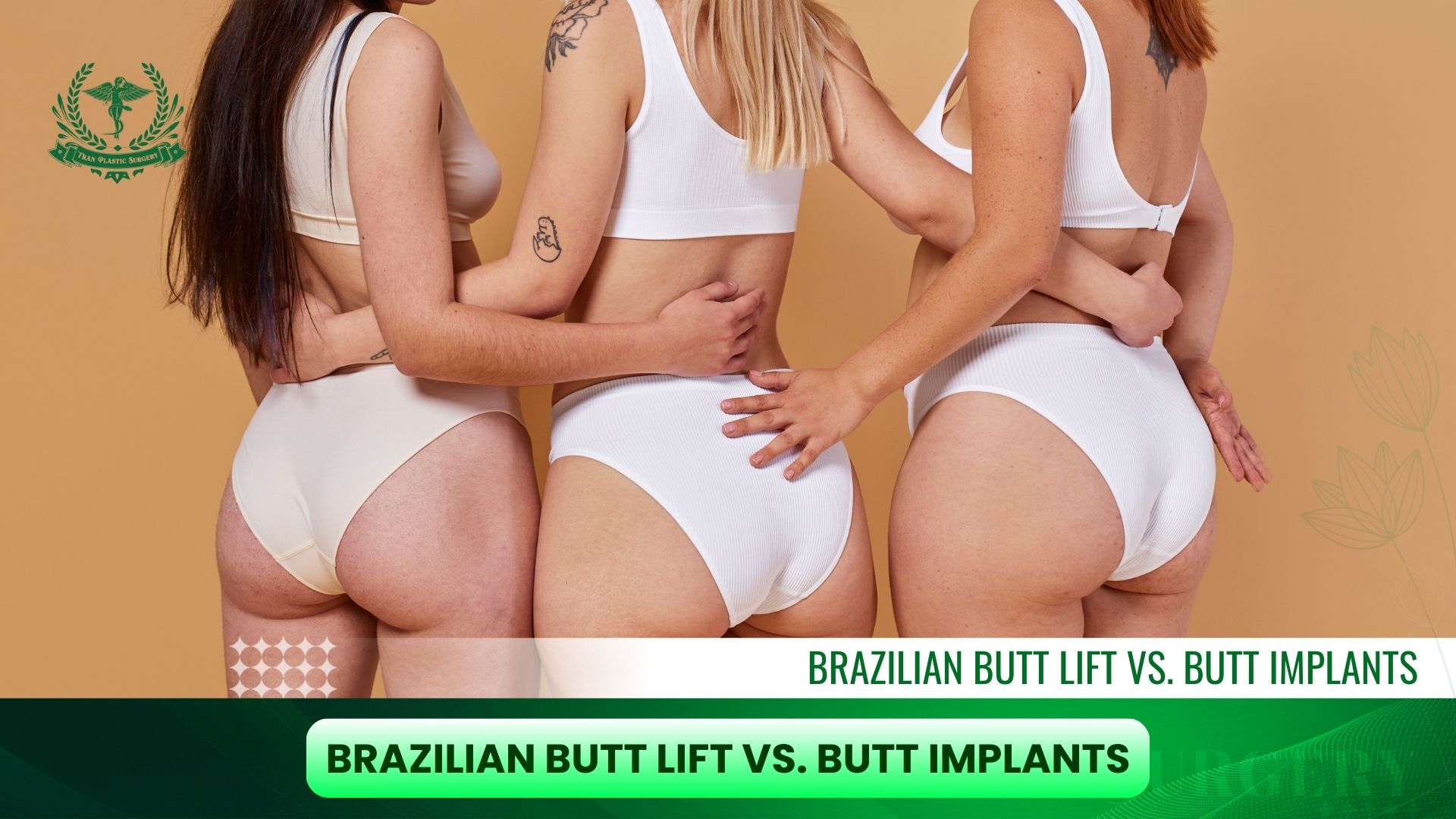
1. Procedure: Fat Transfer vs. Silicone Implants
- Brazilian Butt Lift (BBL): This surgery begins with liposuction from areas such as the abdomen, thighs, or flanks. The harvested fat is purified and re-injected into the buttocks. This makes the BBL both a body contouring and butt augmentation procedure, since you lose fat where you don’t want it and gain volume where you do.
- Butt Implants: With implants, no fat transfer is needed. The surgeon places silicone butt implants into the muscle or above it, giving a dramatic increase in volume and projection. This option is especially suitable for people who are lean and don’t have enough fat for a BBL.
2. Natural Results: Brazilian Butt Lift vs. Butt Implants
One of the biggest factors in the BBL vs. implants debate is how natural the results look and feel.- A Brazilian Butt Lift often produces natural results because the fat becomes part of your body’s tissue. Most patients report that their buttocks look and feel authentic.
- Butt implants give dramatic curves, but the results may appear firmer or less natural, especially if the implants shift or are too large for the body frame.
3. Recovery: Brazilian Butt Lift vs. Implants
Recovery is a crucial element when comparing Brazilian Butt Lift vs. Butt Implants.- BBL Recovery: Usually requires avoiding direct pressure on the buttocks for 2–4 weeks. Bruising and swelling are common, and some fat loss due to reabsorption is expected.
- Butt Implant Recovery: Considered more restrictive and uncomfortable. Patients often need 4–6 weeks before resuming normal activities, and sitting restrictions are typically stricter to protect the implants.
4. Longevity: Which Lasts Longer, BBL or Implants?
- Brazilian Butt Lift: If fat cells survive the transfer, they can last permanently. However, weight fluctuations or fat reabsorption may reduce results over time.
- Butt Implants: Most implants last 10–15 years before replacement is needed. While reliable, implants are foreign devices that may require maintenance or revision surgery.
5. Safety Considerations
The safety of Brazilian Butt Lift vs. Butt Implants is a hot topic.- BBL Safety Risks: Fat embolism, uneven fat absorption, and higher complication rates make it one of the riskiest cosmetic surgeries if not performed by an expert.
- Butt Implant Risks: Implant rupture, shifting, infection, or capsular contracture can occur, but when performed by a skilled surgeon, complications are relatively rare.
Cost Comparison: Brazilian Butt Lift vs. Butt Implants
When evaluating Brazilian Butt Lift vs. Butt Implants, cost is often one of the first considerations. Both procedures are elective surgeries and are not covered by insurance, meaning patients must pay out of pocket.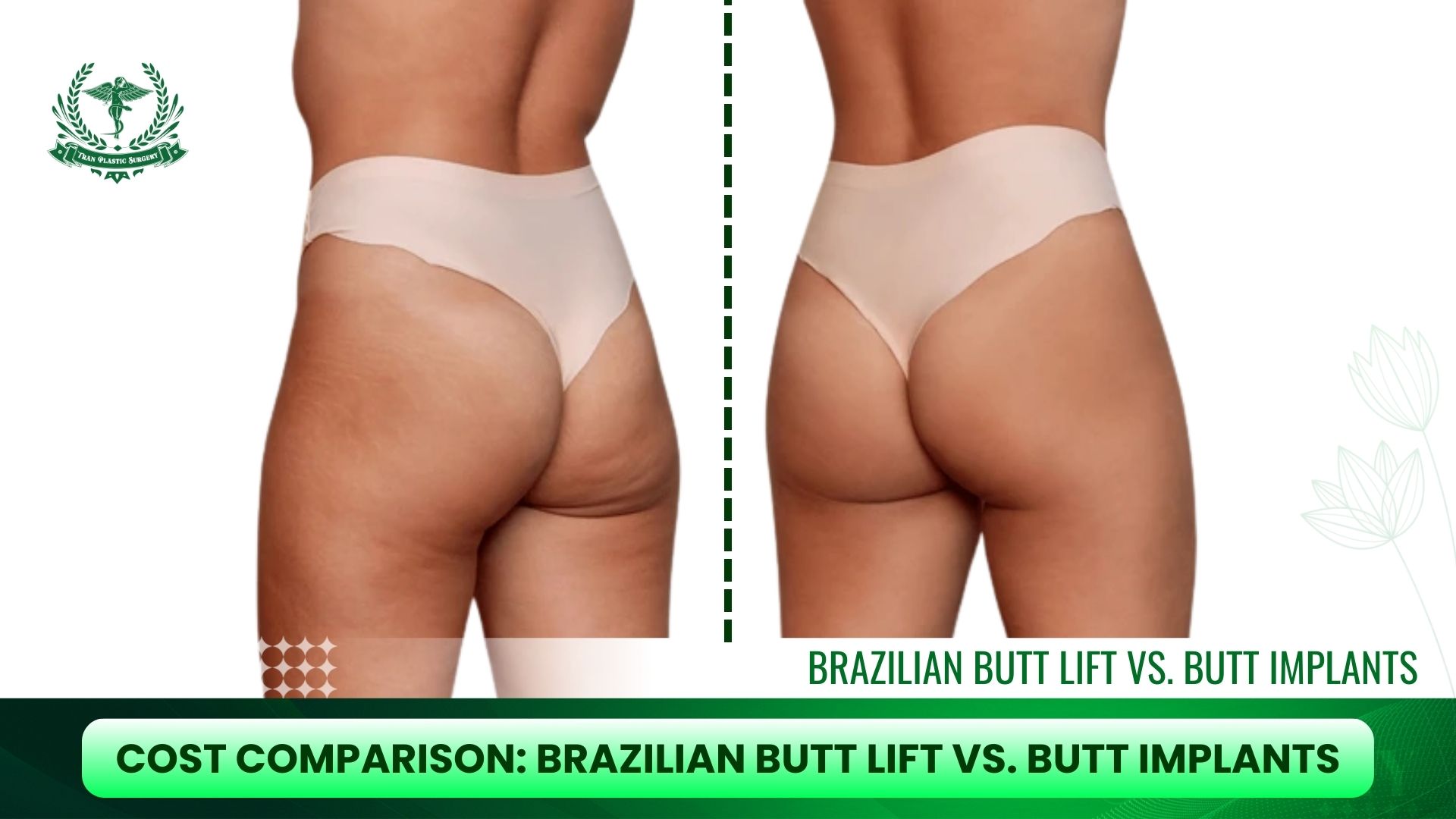
1. Average Cost of a Brazilian Butt Lift (BBL)
The cost of a Brazilian Butt Lift typically ranges from $6,000 to $15,000, depending on the surgeon’s expertise, location, and clinic fees. Because the procedure involves liposuction plus fat transfer, it is usually more expensive than implants in larger cities or premium clinics.2. Average Cost of Butt Implants
The cost of butt implants averages between $5,000 and $12,000. This includes the surgeon’s fee, anesthesia, and the implants themselves. While implants may seem cheaper at first, patients should also consider the potential long-term costs of implant replacement or revision surgery.3. Long-Term Maintenance and Hidden Costs
- BBL Maintenance: Once fat cells survive the transfer, results can last for years without additional expenses. However, patients may need touch-ups if significant fat reabsorption occurs.
- Implant Maintenance: Unlike fat transfer, maintenance for butt implants is more likely. Implants may need replacement after 10–15 years, and complications such as shifting or rupture could require revision surgery.
4. Which Is More Affordable Overall?
While butt implants may have a lower upfront cost, the Brazilian Butt Lift is often more cost-effective in the long run since results are permanent if fat survives. Patients who prioritize natural results and lower lifetime expenses may prefer a BBL, while those who want dramatic, guaranteed volume at a slightly lower initial price may lean toward implants. *Note: These are reference price ranges commonly reported in the U.S. Actual costs vary by surgeon, clinic reputation, geographic location, and individual patient needs. Always request a personalized consultation for the most accurate pricing. Contact Tran Plastic Surgery now.Which Is Safer, BBL or Butt Implants?
When comparing Brazilian Butt Lift vs. Butt Implants, one of the most important factors to consider is safety. Both procedures can deliver impressive results, but they also come with unique risks that every patient should understand before making a decision.
1. Brazilian Butt Lift Safety Risks
The BBL is one of the most talked-about cosmetic surgeries due to its safety risks. Some of the most common concerns include:- Fat embolism: The most serious complication, which can occur if fat enters the bloodstream.
- Uneven fat absorption: Some of the transferred fat may not survive, leading to asymmetry or loss of volume.
- Post-surgery risks: Bruising, swelling, and infection can happen if aftercare is not followed properly.
2. Butt Implant Complications
Butt implants also present their own set of challenges and potential complications, including:- Implant shifting or displacement: Implants may move from their original placement, causing uneven results.
- Infection risk: As with any implant-based surgery, infection around the implant site is possible.
- Implant rupture or replacement needs: Implants typically last 10–15 years, after which replacement may be required.
3. Which Is Safer: BBL or Implants?
- BBL Safety: Riskier in terms of life-threatening complications like fat embolism, but results are natural and long-lasting if done properly.
- Butt Implant Safety: Generally more predictable but carries risks of implant-related issues and maintenance surgeries.
Pros and Cons of Brazilian Butt Lift vs. Butt Implants
When comparing Brazilian Butt Lift vs. Butt Implants, both procedures come with unique advantages and disadvantages. The right choice depends on your body type, goals, and comfort level with potential risks.| Aspect | Brazilian Butt Lift (BBL) | Butt Implants |
| Technique | Uses fat transfer butt augmentation with your own fat | Uses silicone butt implants surgically placed |
| Pros | • Natural look and feel • Dual benefit of liposuction + butt enhancement • Permanent results if fat survives • Customized contouring | • Suitable for lean patients without enough fat • Predictable, dramatic volume • Immediate results • Not dependent on fat survival |
| Cons | • Higher BBL safety risks (fat embolism, uneven fat absorption) • Requires sufficient body fat • Recovery requires avoiding sitting on buttocks for weeks • Some fat may reabsorb, reducing volume | • Risk of butt implant complications (infection, rupture, shifting) • Feels less natural than fat • Longer, more uncomfortable recovery • Implants may need replacement after 10–15 years |
Who Is the Best Candidate? BBL or Butt Implants
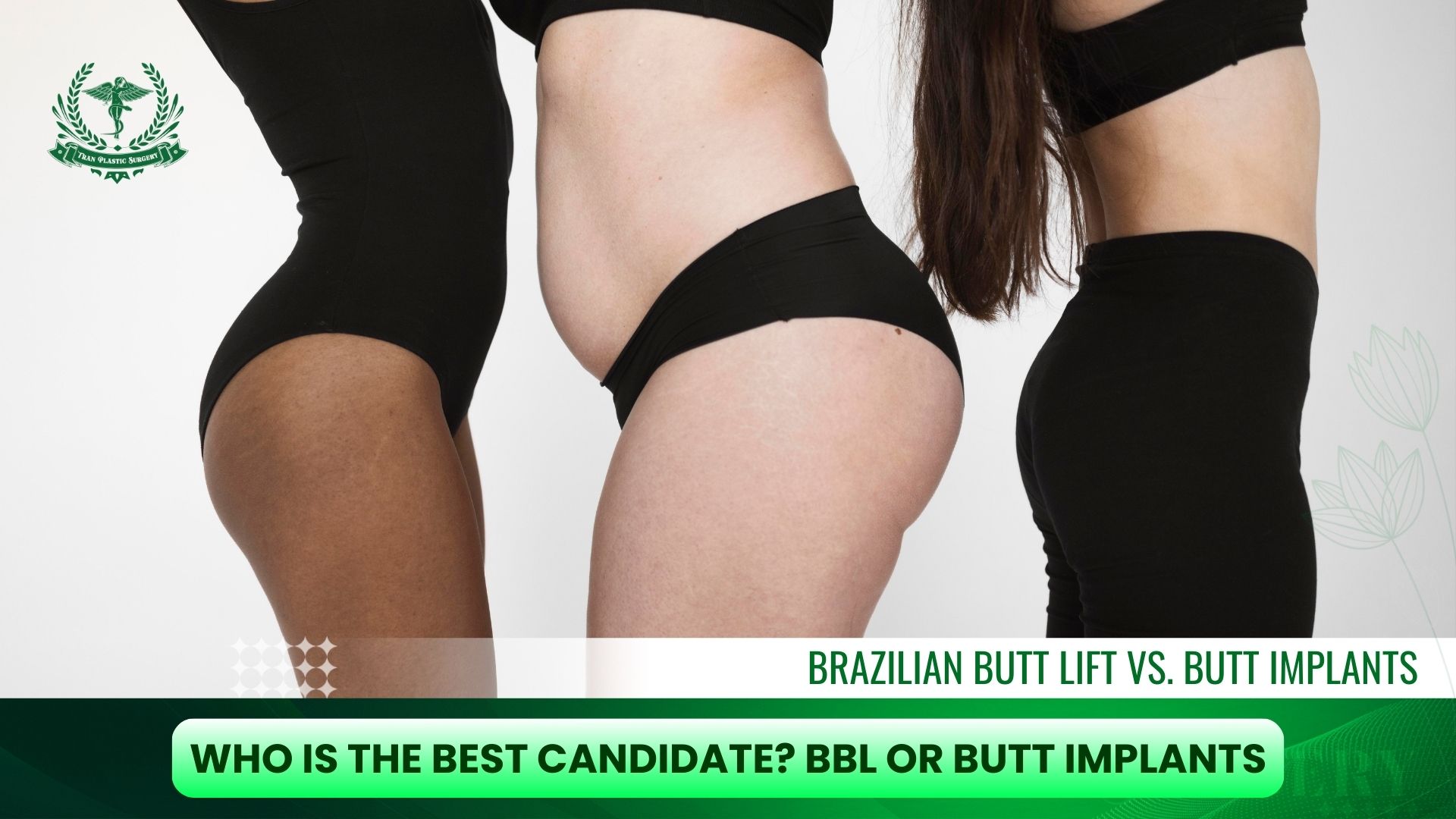
- Have sufficient body fat in areas like the abdomen, thighs, or flanks for fat transfer butt augmentation.
- Want natural results that blend with their existing body shape.
- Prefer a dual benefit: removing fat from unwanted areas while enhancing the buttocks.
- Are in good overall health and can commit to recovery restrictions, such as avoiding sitting on the buttocks for weeks.
- Are lean patients with very little body fat, making them poor candidates for a BBL.
- Want a dramatic increase in size and projection that cannot be achieved through fat transfer alone.
- Prefer predictable and immediate results that don’t rely on fat survival.
- Understand that implants may require future maintenance or replacement.
- If your priority is natural results and body contouring, a Brazilian Butt Lift may be the right option.
- If you are lean or seeking a more dramatic transformation, butt implants may suit your goals better.
- Ultimately, a consultation with a board-certified plastic surgeon is the best way to determine candidacy for either procedure.
Preparing for Safer Surgery: Tips for BBL and Butt Implants
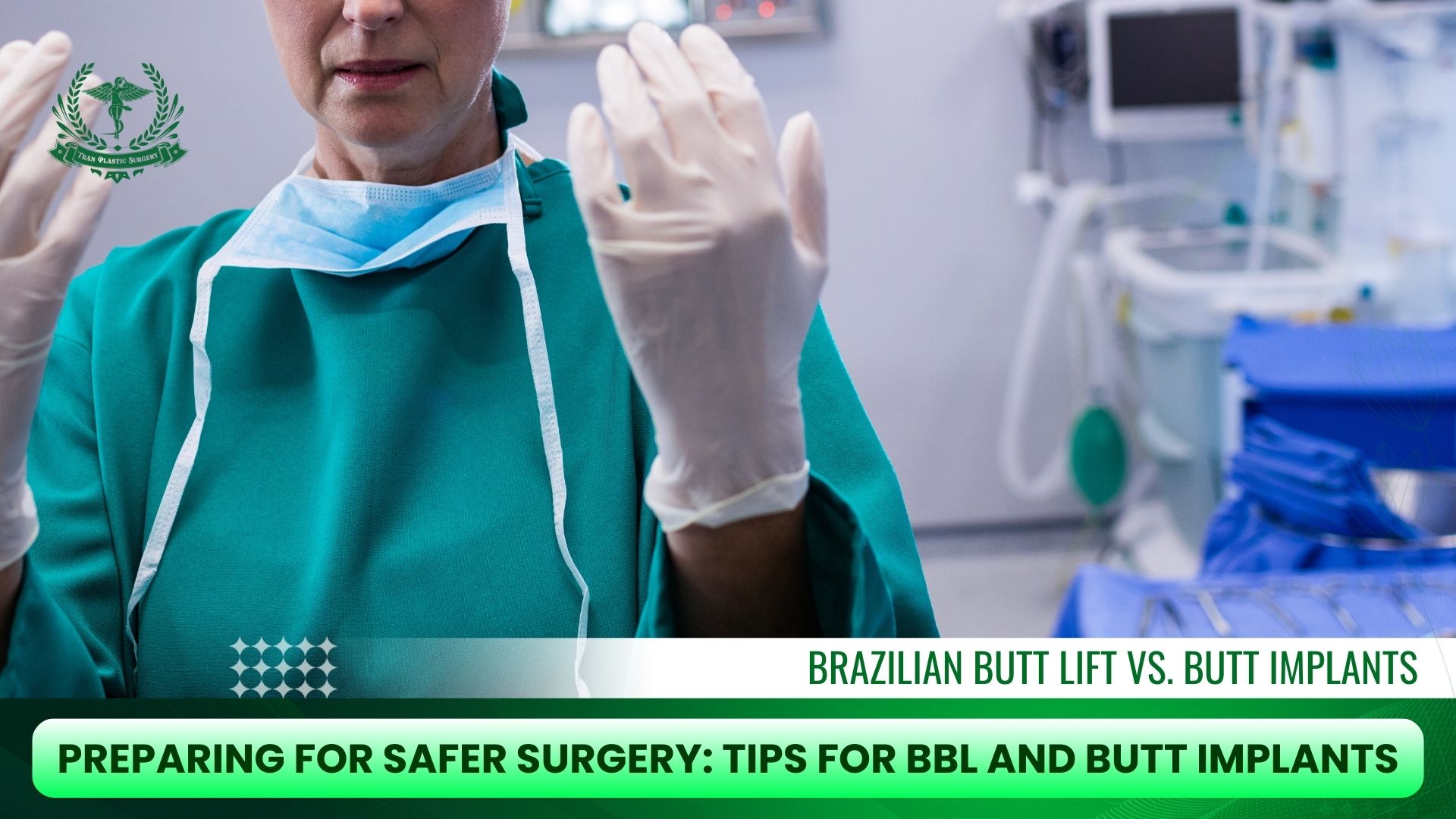
- Always select a board-certified plastic surgeon with specific experience in butt augmentation procedures.
- Ask to see before-and-after photos of their work.
- Research the clinic’s safety record and accreditation.
- Stop smoking at least 4–6 weeks before and after the procedure, since smoking impairs healing.
- Eat a nutrient-rich diet to support recovery and immune function.
- Stay hydrated and maintain a healthy weight to ensure better surgical outcomes.
- Avoid blood-thinning medications or supplements like aspirin, ibuprofen, or fish oil (unless approved by your doctor).
- Complete all required medical tests, such as bloodwork, to ensure you are fit for surgery.
- Arrange for transportation and post-surgery support, since you won’t be able to drive or move comfortably right away.
- For a BBL, invest in a special BBL pillow to avoid sitting directly on your buttocks during recovery.
- For butt implants, prepare for longer downtime and consider renting or setting up a recliner or bed that allows you to lie comfortably without pressure on the implants.
- Stock up on compression garments and easy-to-prepare meals before surgery.
- Take prescribed medications as directed to prevent infection.
- Attend all follow-up appointments so your surgeon can monitor healing.
- Avoid strenuous activity, smoking, or alcohol until cleared by your doctor.
FAQs About Brazilian Butt Lift vs. Butt Implants
1. Is a Brazilian Butt Lift safer than butt implants?
Not necessarily. Both procedures come with risks. A Brazilian Butt Lift has higher complication risks such as fat embolism, while butt implants may lead to infection, rupture, or shifting. The safety of Brazilian Butt Lift vs. Butt Implants depend largely on the surgeon’s skill and the patient’s health.
2. Which procedure looks more natural?
Most patients find that a Brazilian Butt Lift provides more natural results because it uses their own fat. Butt implants, while effective for volume, can sometimes look or feel less natural if not placed carefully.
3. How long does recovery take for Brazilian Butt Lift vs. butt implants?
- BBL Recovery: Typically 2–4 weeks, but patients must avoid sitting directly on the buttocks for several weeks.
- Implant Recovery: Usually 4–6 weeks with stricter activity restrictions.
4. How long do results last?
- BBL: Results can last many years if the fat survives and the weight remains stable.
- Butt Implants: Most implants last 10–15 years before replacement is required.
5. Can you combine a Brazilian Butt Lift with implants?
Yes, some surgeons offer a hybrid approach, combining small implants with fat transfer. This option provides added volume and projection while also improving contour with natural fat.
6. Which procedure is more affordable in the long run?
While butt implants may have a slightly lower upfront cost, the Brazilian Butt Lift is often more cost-effective over time since results can last permanently without implant replacement.





